Each GNSS maintains a constellation of various satellites, in a variety of orbiting configurations.
The variation helps to create global coverage across Earth, or their intended region.
Typical types of Satellite Orbits
The speed, angles and positioning in which satellites orbit the earth varies, depending on their assigned coverage area.
Typical geocentric satellite orbits are as follows
- Highly Elliptical Orbit (HEO)
- Geosynchronous (GSO)
- Geostationary (GEO)
- Semi-Synchronous Orbit (SSO)
- Polar orbit and Sun-synchronous orbit (SSO)
- Equatorial Orbit (GEO)
- Transfer orbits and geostationary transfer orbit (GTO)
Satellite Orbit Distance
Satellites can orbit over a wide range of altitudes
- Low Earth Orbit (LEO)
- Medium Earth Orbit (MEO)
- High Earth Orbit (HEO)
Low Earth Orbit (LEO)
Low Earth Orbit satellite placement requires the lowest amount of energy.
It provides high bandwidth and low communication latency.
Space stations and satellites in LEO are more accessible for crew and servicing requirements.
In comparison to Medium & Higher orbits, energy requirements for placing a satellite into LEO is low.
This means that less powerful amplifiers are required for successful transmissions.
As a result, LEO is used for many communication services, such as the Iridium phone network.
Geocentric LEO range in altitude from 160 kilometres to 2,000 kilometres above sea level.
At an altitude of 160 km, one revolution takes roughly 90 minutes, which equates to a circular orbital speed of 8,000 metres per second.
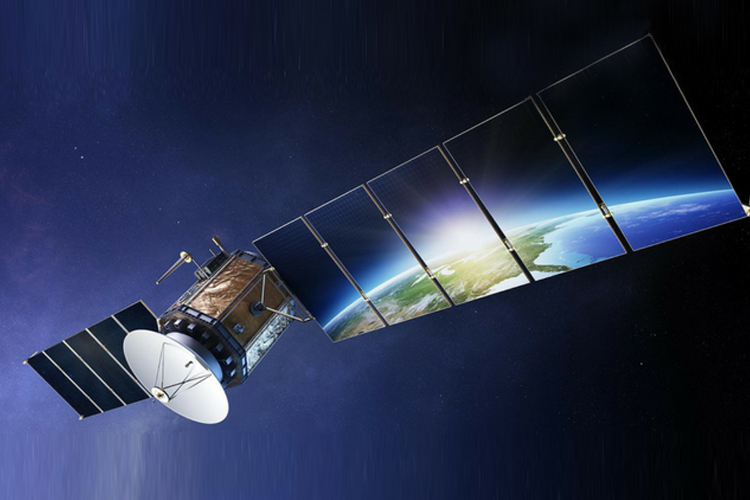
Medium Earth Orbit Satellites (MEO)
MEO is comprised of a large array of orbits in between LEO and GEO.
This orbit is similar to an LEO in which it does not require following a specific path around Earth.
The most common use for satellites in this region is for GNSS navigation, such as
- GPS
- Altitude: 20,200km
- Glonass
- Altitude: 19,100km
- Galileo
- Altitude: 23,222·kilometres
- BeiDou
- Altitude: 21,528km
Satellites do not operate between LEO and MEO orbits because of the inhospitable environment for electronic components.
Components within this range are ineffective due to the Van Allen radiation of belt.
Satellites that are for communications covering the North Pole & South Pole are also in MEO.
MEO satellites take between 2-24 hours to complete a full orbit of the Globe.
MEO satellites operate at altitudes between 10,000 to 20,000 km from Earth.

High Earth Orbit (HEO)
A Satellite in High Earth Orbit is operating in a geocentric orbit at a range entirely above that of a geosynchronous orbit
The orbits are at a range of 35,786 kilometres and take longer than 24 hours to complete.
If a satellite is in an a High Earth & Prograde orbit (90° > inclination ≥ 0°), their velocity of orbit is lower than Earth’s rotational speed, which will cause their ground track to move westward on Earth’s surface.
Because of this, satellites appear to be moving in a backwards manner
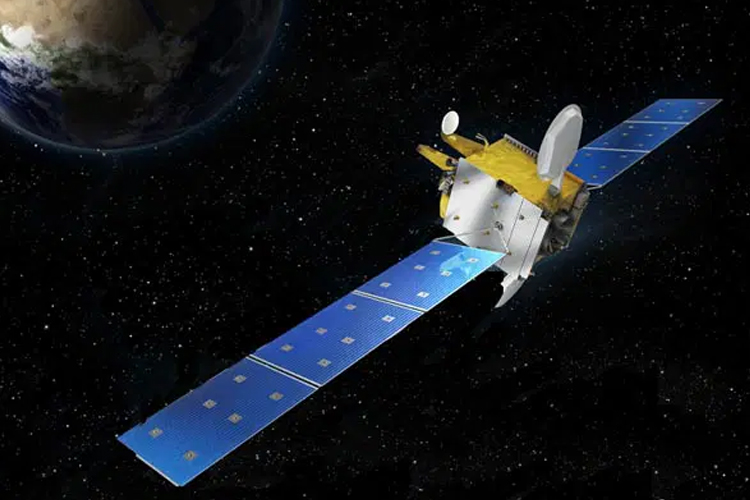
Geosynchronous Orbit (GSO)
Orbits with an altitude of around 35,786 km from the Earths surface are known as geostationary.
From the center of the Earth, this is approximately 42,164 km, which classifies it as a High Earth Orbit.
A satellite in GSO synchronizes with the rotation of the Earth, and because of this, observers who were to be looking at the satellite from the ground would see it as if it were in a fixed position.
The effect of a stationary satellite makes it particularly useful for telecommunications and other applications used for remote sensing.
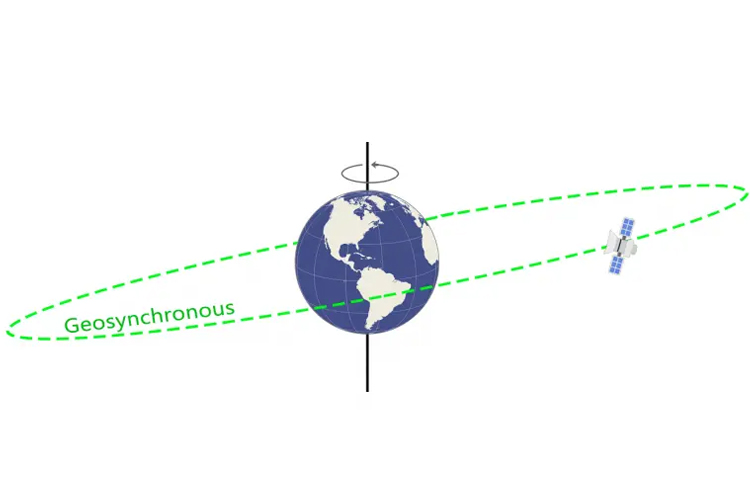
Geostationary Satellites Orbit (GEO)
Geostationary Orbits are within the same category as geosynchronous orbits.
However, the difference is that GEO satellites are situated over the equator.
However, whilst geosynchronous satellites can have any angle of inclination, the key difference to geostationary orbit is the fact that they lie on the same plane as the equator.
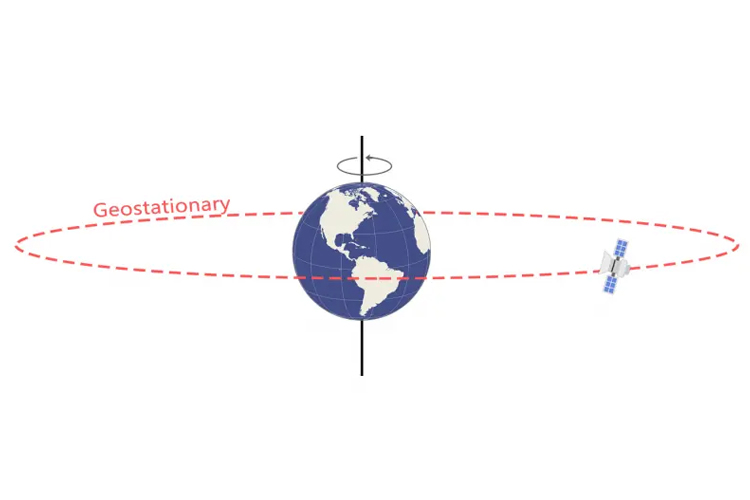
Semi-Synchronous Orbit
Satellites that are within Semi-Synchronous Orbits (SSO) are close to zero in eccentricity, meaning they are near-circular.
Eccentric orbits define how stretched an orbits is.
The closer eccentricity is to zero, the more the orbit closer to a circle.
The closer to one, the orbit becomes longer and skinnier.
Instead of 35,786km above the Earth’s surface, a SSO satellite are close to 20,200 km above the surface.
This altitude places them in the Medium Orbit Range.
Whilst geosynchronous orbits match the rotation of Earth, semi-synchronous orbits take 12 hours for a full orbit.
An example of a SSO satellite would be a GPS satellites.
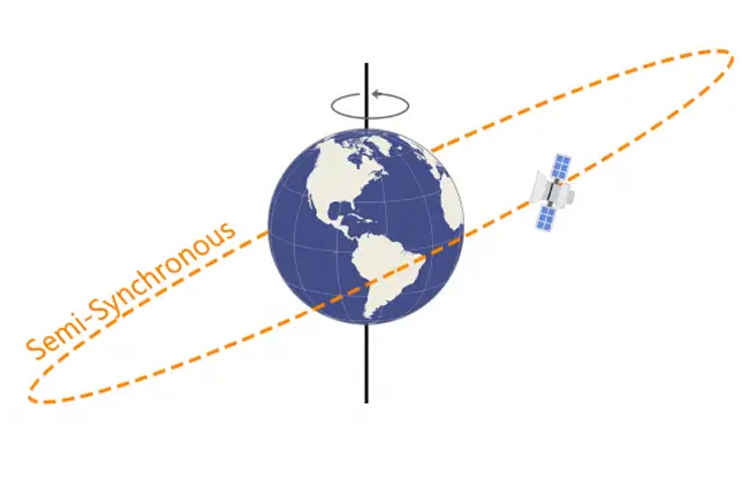
Polar Orbit
A nearly polar orbit passes the equator at the same local time each pass. These orbits are useful for imagery, as the shadows will be the same each time a photo is taken at the same time.
Polar Orbit Satellites generally traverse from North to South, rather than across from West to East.
Though PO satellites passing somewhat close over the North & South poles, they do not have to be precise; a deviation of 20 to 30degrees is still considered to be a polar orbit.
These orbits fall within a Low Earth Orbit.
Sun-synchronous Orbit
A Sun-synchronous orbit (SSO) isa specific type of of polar orbit.
These satellites travel over the polar regions which are synchronous with the Sun.
Because of this, they are always synchronized to be in the same ‘fixed’ position relative to the Sun, appearing to be
Non-inclined orbit:
An orbit in which inclination is equal to zero with respect to a plane of reference.
Inclined orbit:
An orbit which has an inclination in reference to the equatorial plane that is not 0.
Ecliptic Orbit
A non-inclined orbit with respect to the ecliptic.
Equatorial Orbit
An orbit which is not inclined with respect to the equater.
Near equatorial orbit:
An orbit which has an inclination with respect to the equatorial plane which is nearly zero.
This particular orbit allows for rapid revisit time of near equatorial ground sites.
Transfer Orbit
A transfer orbit are a particular kind of orbit used to traverse from one orbit to another.
Satellites are not always launched from Earth to their final destination, instead they are launched into a transfer orbit which they then power out of using built in motors.
Graveyard Orbit
A Junk, Graveyard or Disposal orbit are all names for this particular orbit of trashed geostationary satellites.
Since the 1970s, some satellites have moved into such orbits at the end of their operational life.
They are placed in this graveyard orbit to reduce the probability of collisions with other operational spacecraft.
This orbit is roughly 100 to 300 km just above the GEO altitude.
